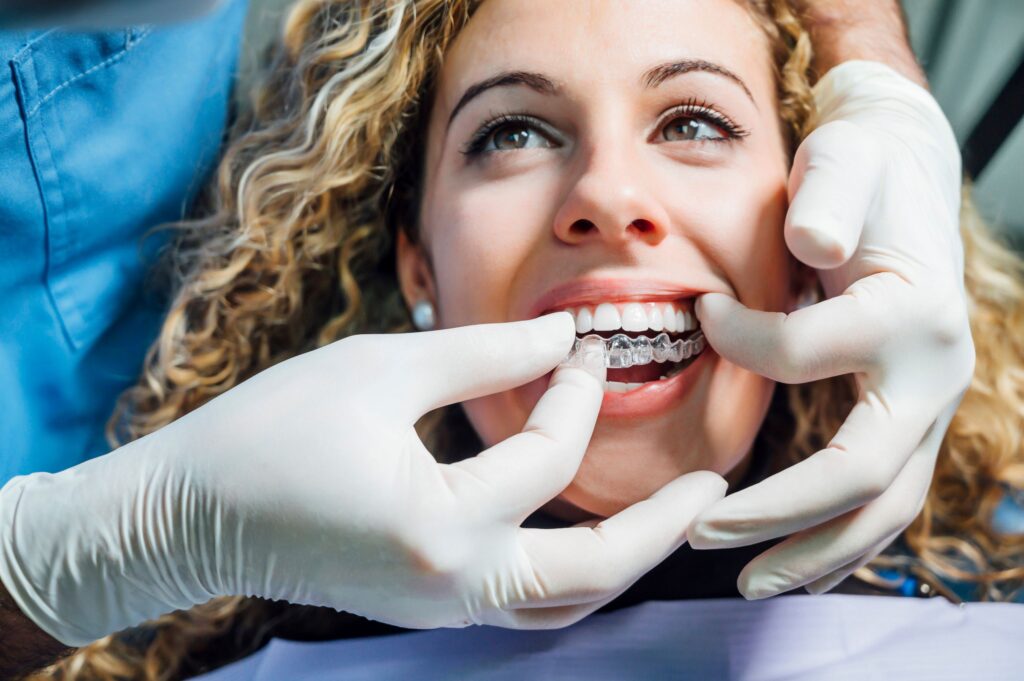
Did you know that an estimated 75% of orthodontic patients are teenagers? Your teeth are more flexible in your jawbone in your youth, so it’s an ideal time to get braces to straighten them. However, many adults are surprised to discover that their grins have become somewhat overcrowded or overlapped again, sometimes years after completing orthodontics.
Invisalign is an ideal solution for mildly misaligned teeth, but many patients wonder whether it’s feasible to undergo treatment if they’ve already had traditional braces. Continue reading to learn more about why you can safely set your concerns aside!
Why Do Teeth Shift After Braces?
Even if you have successfully completed braces, your teeth can shift out of their proper places years after their removal. There are several potential reasons for this, like not wearing your retainer as recommended when your orthodontics were taken off, chronic teeth grinding, or the arrival of wisdom teeth. However, it’s also possible they shifted due to the ongoing pressure from daily tasks like biting and chewing that affected them over time, which is beyond your control.
Do I Need to Straighten My Smile Again?
You might think of your crooked grin as more of a cosmetic concern than an oral issue, but your condition can also affect your dental well-being. If your teeth are pressed too closely together or overlap, it’s difficult to reach all sides to brush and floss them thoroughly. Bacteria in your mouth can form plaque on your enamel and along your gum line, increasing the likelihood of developing tooth decay, gum disease, or other concerns.
Can I Get Invisalign After Having Braces?
Many patients are unsure whether Invisalign will be effective if their teeth have already begun reverting to their previous positions. Thankfully, it’s perfectly possible to undergo this alternative orthodontic treatment regardless of whether you’ve worn braces previously. Plus, it’s considered a less invasive option because it doesn’t interfere with your daily routines.
Clear aligners don’t require dietary restrictions because they can be removed during meals, for example. Not only that, but the smooth plastic won’t poke the tender tissues inside your mouth like metal brackets and wires. Furthermore, treatment can often be completed in as few as 12 months rather than the years it takes braces to do the same work.
Usually, it’s perfectly acceptable to pursue Invisalign even if you’ve already had a treatment to straighten your smile. Still, the best way to find out if you’re a good candidate is to schedule a consultation with your dentist!
About the Author
Dr. Harvey Mahler has been helping patients of all ages build their happiest, healthiest smiles for 30+ years. He graduated from the Georgetown University School of Dentistry and is an active member of the American Dental Association. He’s also a national speaker who has attended CDS branches and study clubs and is a recurrent guest on Channel 5 and 9. He combines compassionate care with state-of-the-art technology to provide comprehensive services to meet your family’s needs under one roof, including Invisalign. You can request a consultation on the website or call (312) 263-5262.
